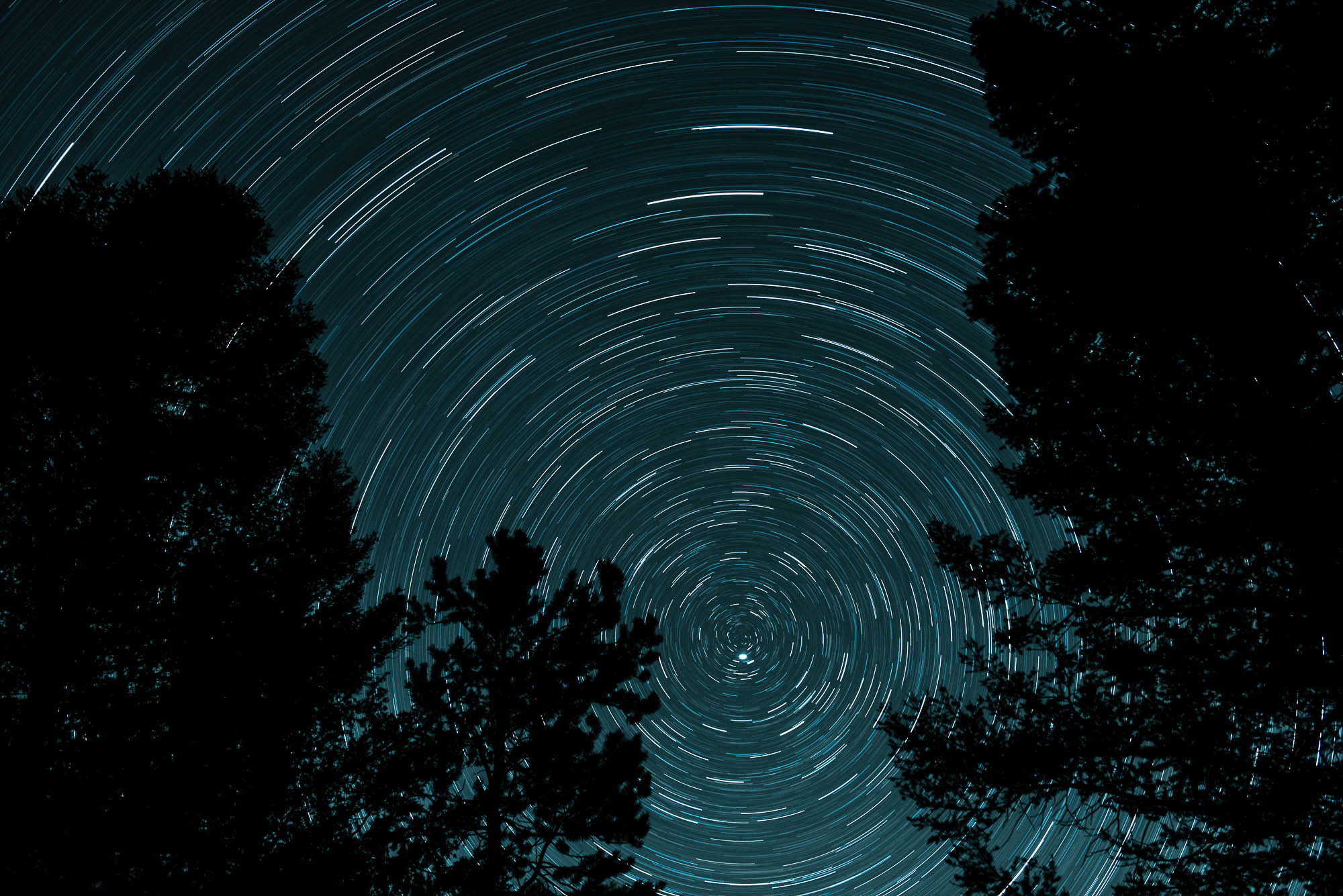The year ahead offers many celestial delights for sky-watchers, including new moons, meteor showers and great views of several planets. The Central Idaho Dark Sky Reserve offers exceptional views of these upcoming night sky events.
Celestial Events for 2025
New Moons – The night sky is darkest on new Moon nights which makes for great stargazing.
January 29, February 27, March 29, April 27, May 26, June 25, July 24, August 23, September 21, October 21, November 19, December 19
Other night sky events:
January 3-4 – Quadrantids Meteor Shower. This meteor shower can produce up to 40 meteors per hour in a good year. The meteors radiate from the Bootes constellation but can be seen anywhere in the sky
March 20 – Spring/Vernal Equinox. On the day of the equinox the Sun is directly above the equator, resulting in nearly equal amounts of day and night.
April 21-23 – Lyrids Meteor Shower. Trailing dust particles from the comet C/1861 G1 Thatcher produce the Lyrids with up to 20 meteors per hour. Meteors in this shower are associated with the constellation Lyra.
May 4-7 — Eta Aquarids Meteor Shower. The Eta Aquarids is capable of producing up to 60 meteors per hour at its peak. Most of the activity is seen in the Southern Hemisphere but some meteors may be visible in the Northern Hemisphere. It is produced by dust particles left behind by comet Halley, which has known and observed since ancient times.
June 21 — Summer Solstice. The summer solstice occurs when the North Pole of the Earth is tilted toward the Sun. On this day we have the longest period of daylight and the Sun is in its northernmost position in the sky.
August 11-13 — Perseids Meteor Shower. A favorite meteor shower to observe, the Perseids can produce up to 60 meteors per hour at its peak. It is a result of the comet Swift-Tuttle, which was discovered in 1862. Meteors radiate from the constellation Perseus but typically streak across all areas of the night sky.
September 22 — September/Autumnal Equinox. On the day of the equinox the Sun is directly above the equator, resulting in nearly equal amounts of day and night.
October 8-9 — Draconids Meteor Shower. The Draconids is a minor meteor shower producing only about 10 meteors per hour. It is produced by dust grains left behind by comet 21P Giacobini-Zinner. The best viewing is in the early evening instead of early morning like most other showers.
October 20-22 — Orionids Meteor Shower. The Orionids is an average shower producing up to 20 meteors per hour. It is produced by dust grains left behind by comet Halley, which has been known and observed since ancient times.
November 16-17 — Leonids Meteor Shower. The Leonids can produce up to 15 meteors per hour. The meteor shower is produced by dust grains left behind by comet Tempel-Tuttle, which was discovered in 1865.
December 13-14 — Geminids Meteor Shower. The Geminids is the king of the meteor showers, producing up to 120 multicolored meteors per hour at its peak. It is produced by debris left behind by an asteroid known as 3200 Phaethon.
December 21 — Winter Solstice. The winter solstice occurs when the South Pole of the Earth is tilted toward the Sun. On this day we have the shortest period of daylight in the Northern Hemisphere and the Sun is in its southernmost position in the sky.
December 21-22 – Ursids Meteor Shower. The Ursids is a minor meteor shower producing about 5-10 meteors per hour. It is produced by dust grains left behind by comet Tuttle, which was first discovered in 1790.
These selected events are from the Astronomy Calendars on the Space.com and Sea and Sky websites which have much more detailed information about these and other night sky happenings.


